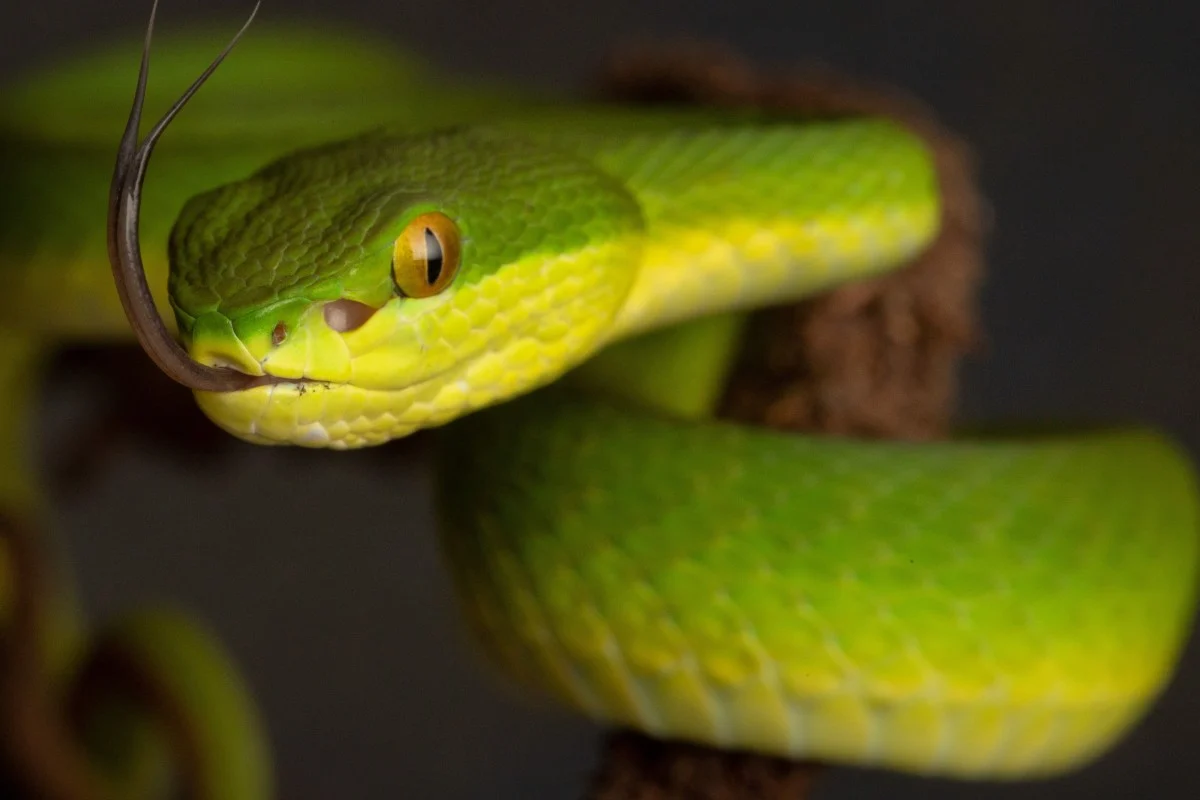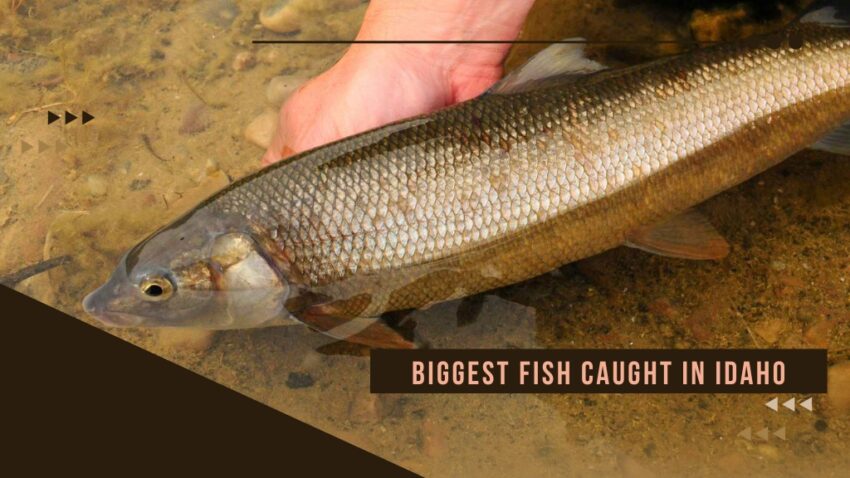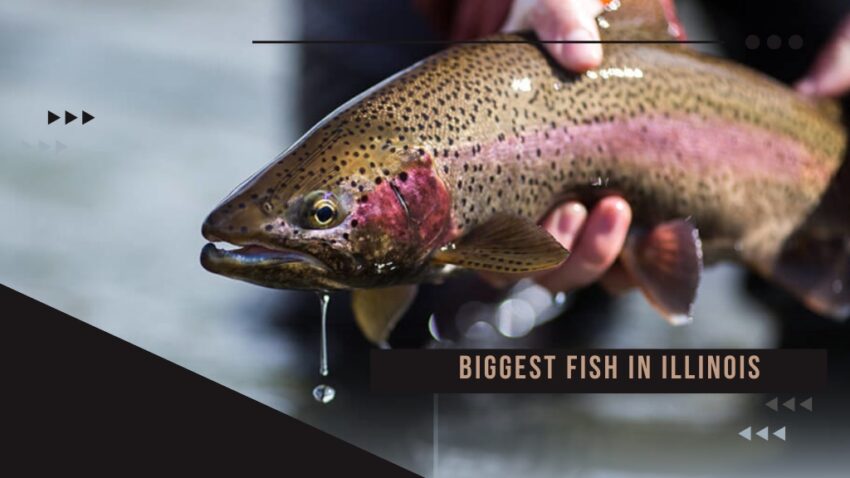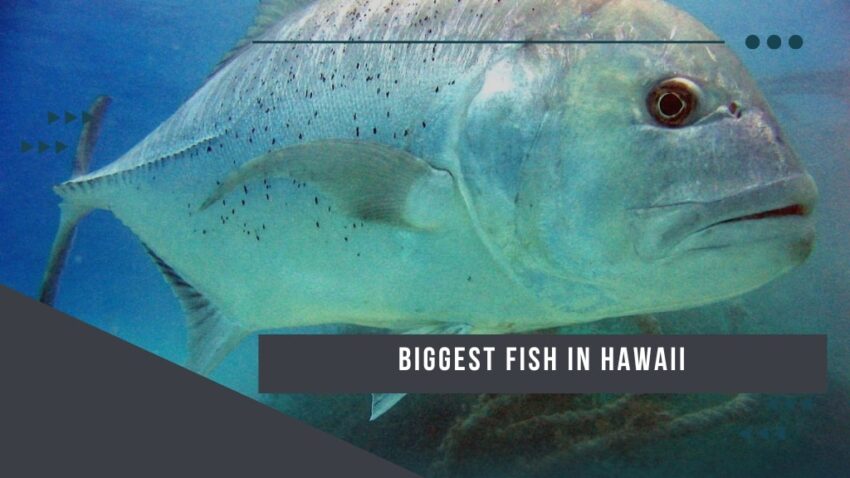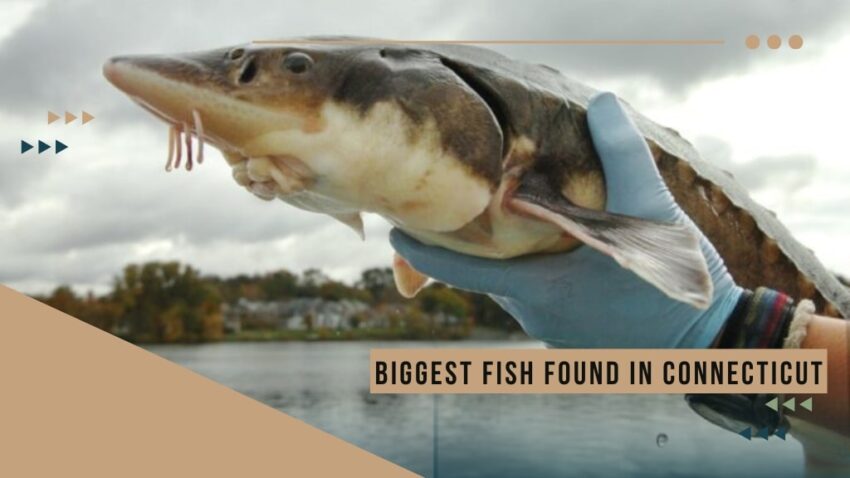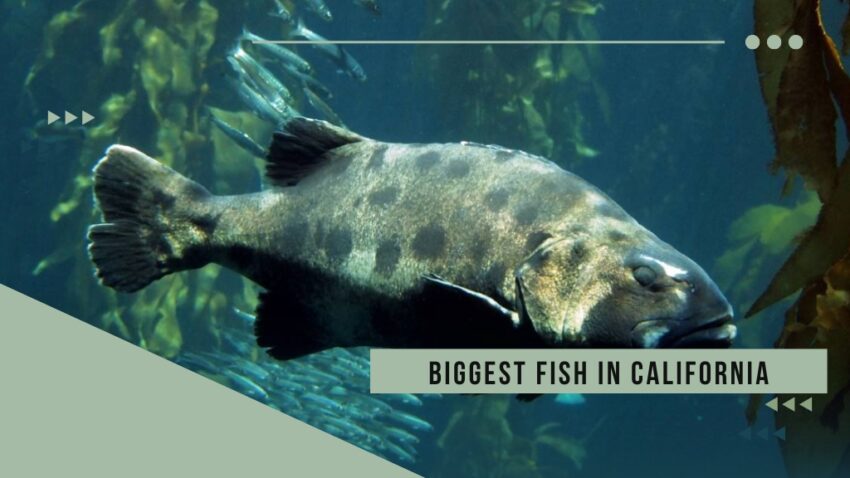Arizona, with its diverse landscapes and desert wilderness, is home to a variety of captivating wildlife, including venomous snakes. While encounters with these reptiles can be unnerving, understanding their characteristics and behaviors is essential for coexistence. In this article, we will explore the venomous snakes of Arizona, delving into intriguing facts, such as their names, appearances, and notable features. But, that’s not all! We will also provide you with some useful tips on what to do if you end up encountering any of these snakes. From the iconic Western Diamondback Rattlesnake to the elusive Mojave Rattlesnake, join us as we uncover the captivating world of Arizona’s venomous snakes! Let’s jump right into it.
1. Western Diamondback Rattlesnake (Crotalus atrox)
The Western Diamondback Rattlesnake is one of the most recognized venomous snakes in Arizona. It derives its name from the distinctive diamond-shaped patterns on its back. These rattlesnakes possess potent venom and are known for their iconic rattle, which they use as a warning signal. They are adaptable and can thrive in various habitats, from deserts to grasslands. An interesting fact about the Western Diamondback Rattlesnake is its ability to sense heat through specialized pits located between its eyes and nostrils, aiding in detecting prey.
2. Mojave Rattlesnake (Crotalus scutulatus)
The Mojave Rattlesnake is known for its highly potent venom and its unique neurotoxic effects. It has a light brown or beige body with dark brown or black diamond-shaped patterns. A distinguishing characteristic of this species is its greenish tinge, especially evident on the tail. The Mojave Rattlesnake is also infamous for its ability to deliver a “dry bite” without venom, which is a defensive behavior observed in some instances. Understanding its complex venom composition and effects on prey and humans continues to be an area of scientific interest.
3. Arizona Coral Snake (Micruroides euryxanthus)
The Arizona Coral Snake is a venomous species characterized by its vibrant red, yellow, and black banding patterns. It shares a resemblance with non-venomous milk snakes and scarlet snakes, leading to the popular mnemonic “red touches yellow, kills a fellow.” These snakes possess a potent neurotoxic venom but are rarely encountered due to their elusive nature and non-aggressive behavior. It’s important to exercise caution if one comes across this beautiful but venomous reptile.
4. Sonoran Coral Snake (Micruroides fulvius tenere)
The Sonoran Coral Snake is a subspecies of the Eastern Coral Snake found in the southwestern United States, including Arizona. It exhibits a similar vibrant coloration pattern, featuring red, yellow, and black bands. The venom of the Sonoran Coral Snake is neurotoxic and can cause respiratory paralysis. Despite its venomous nature, this species is reclusive and rarely poses a threat to humans due to its elusive behavior.
5. Tiger Rattlesnake (Crotalus tigris)
The Tiger Rattlesnake derives its name from its distinct striped pattern, which resembles that of a tiger. It showcases a combination of light and dark brown stripes, providing excellent camouflage in its natural habitat. These venomous snakes are found in rocky areas and prefer higher elevations. While their venom is potent, the Tiger Rattlesnake is generally considered docile and rarely displays aggression toward humans.
6. Sidewinder (Crotalus cerastes)
The Sidewinder, aptly named for its unique mode of locomotion, is an intriguing venomous snake species in Arizona. They navigate the sandy desert terrain by “sidewinding,” propelling themselves sideways with a series of looping movements. This adaptation minimizes the amount of body surface in contact with the hot sand, reducing heat absorption. Sidewinders have a light brown or sandy coloration, aiding in their camouflage. While their venom can cause considerable pain, they typically avoid confrontation with humans.
7. Black-tailed Rattlesnake (Crotalus molossus)
The Black-tailed Rattlesnake, also known as the Mojave Green, is another venomous species found in Arizona. It has a light brown or greenish body, with dark blotches and a distinctive black tail. This snake’s venom is highly potent and poses a significant risk to humans if bitten. Interestingly, the Black-tailed Rattlesnake is known to exhibit unique venom variation among different populations, with some being highly venomous and others having less potent venom.
8. Western Coral Snake (Micrurus pyrrhocryptus)
The Western Coral Snake is a strikingly beautiful venomous snake with bright red, yellow, and black banding patterns. Found in Arizona’s southern region, this species possesses potent neurotoxic venom. Like other coral snakes, it has a small mouth and short fangs, making it less likely to deliver venom effectively in a bite. It is important to exercise caution and avoid handling this snake due to its venomous nature.
9. Mohave Rattlesnake (Crotalus scutulatus)
The Mohave Rattlesnake, often confused with the Mojave Rattlesnake, is another venomous species found in Arizona. It displays color variations ranging from light gray to green, with dark diamond-shaped patterns. The Mohave Rattlesnake possesses potent venom, including a neurotoxin that affects the nervous system. It is known to have a strong preference for rodent prey and often exhibits less aggression towards humans.
10. Twin-spotted Rattlesnake (Crotalus pricei)
The Twin-spotted Rattlesnake, also known as the Two-spotted Rattlesnake, is a venomous snake species found in the mountainous regions of Arizona. It features a light gray or beige body with distinct dark spots or blotches. Despite its venomous nature, this species is generally docile and prefers to retreat when encountered. It poses minimal threat to humans and is a fascinating addition to Arizona’s diverse snake population.
Other Relevant Information
In case you’re wondering what you should do if you ever encounter one of these snakes or find yourself in close vicinity of them, we’re here to help! Take a look at the table below to find useful tips on what to do if you ever find yourself in such a situation:
| Situation | Recommended Actions |
|---|---|
| Spotting a Snake From a Safe Distance | Maintain a safe distance (at least 6 feet or 2 meters) and avoid sudden movements. Do not attempt to handle or provoke the snake. |
| Encountering a Snake While Hiking | Step back slowly and give the snake plenty of space to retreat. Move around it carefully, keeping a safe distance. |
| Encountering a Snake Indoors | Do not try to handle or corner the snake. Safely confine the snake to a single room and contact local animal control for assistance. |
| Snakebite Emergency | Seek immediate medical attention. Keep calm, immobilize the bitten area, and keep it below heart level, if possible. |
| General Precautions | Wear appropriate footwear and clothing when venturing into snake-prone areas. Stay on designated paths and avoid tall grass or rocks where snakes may hide. |
Please note that these tips are general guidelines and may vary depending on the specific snake species and situation. It is always important to prioritize personal safety and seek professional help if needed.
Conclusion
Arizona’s venomous snakes contribute to the unique and diverse ecosystem of the region. While caution is necessary when encountering these reptiles, understanding their characteristics and behaviors fosters a sense of appreciation for their role in the desert environment. From the iconic Western Diamondback Rattlesnake to the beautifully patterned coral snakes, each venomous snake in Arizona has its own story to tell. By respecting their habitats and practicing caution, humans can coexist with these fascinating creatures, ensuring a harmonious balance between nature and our communities.

